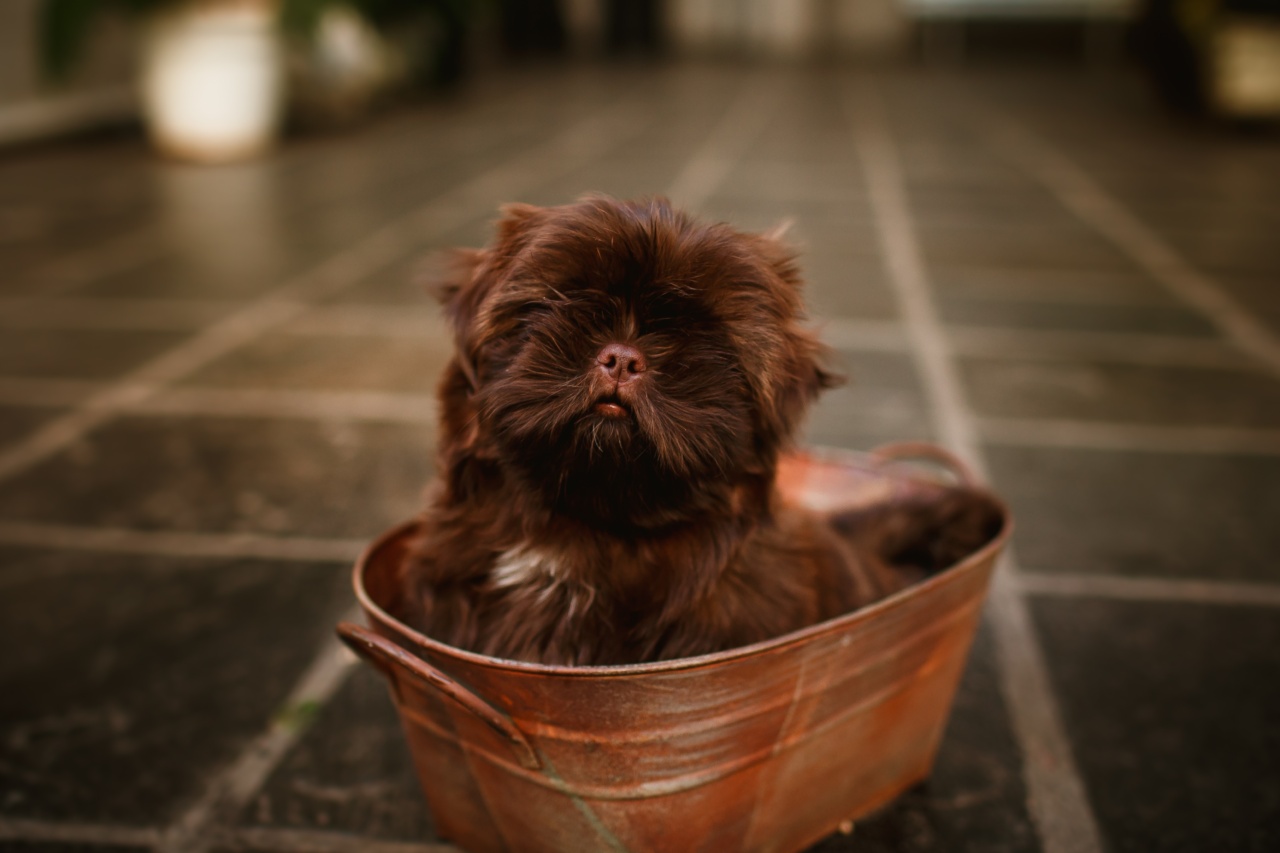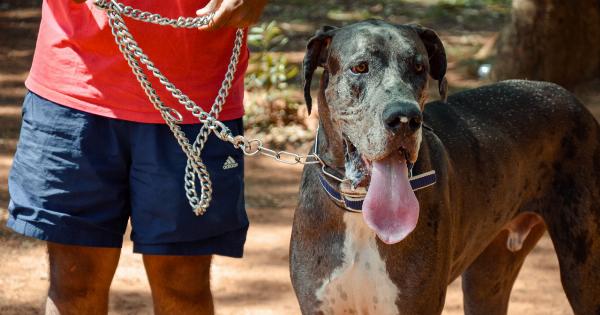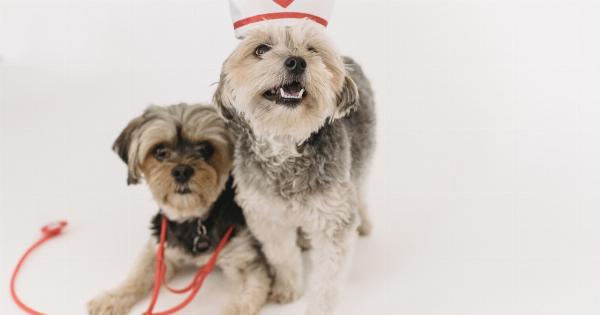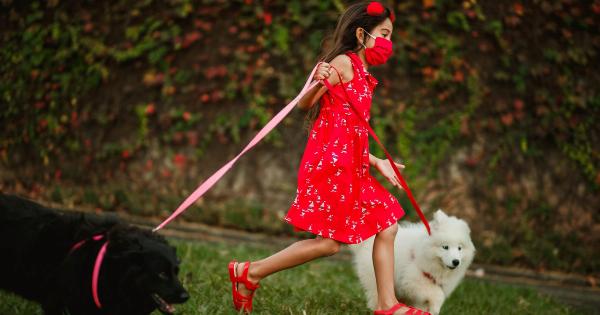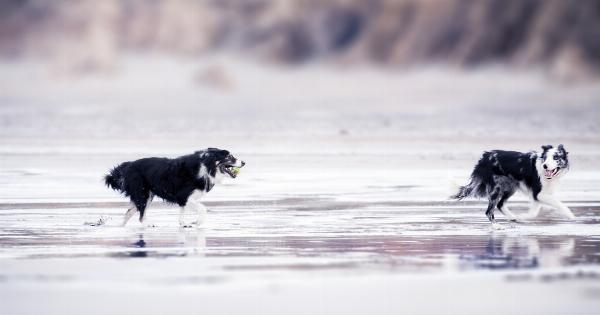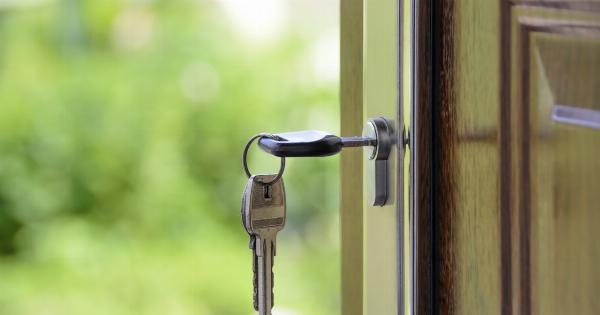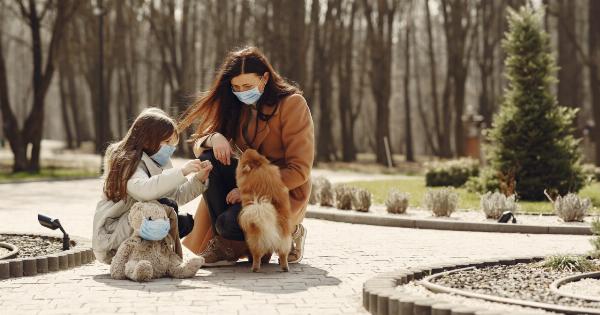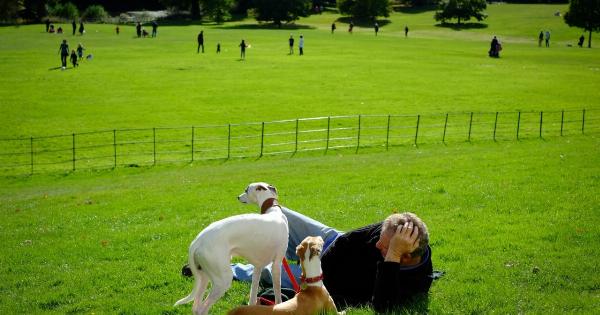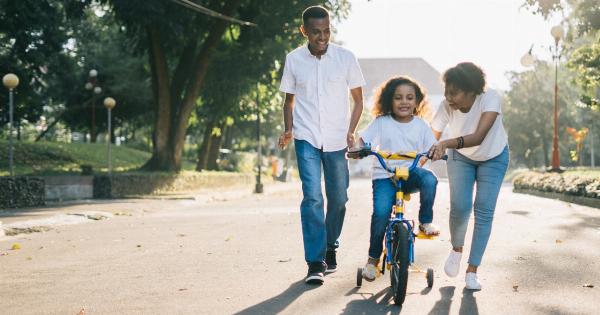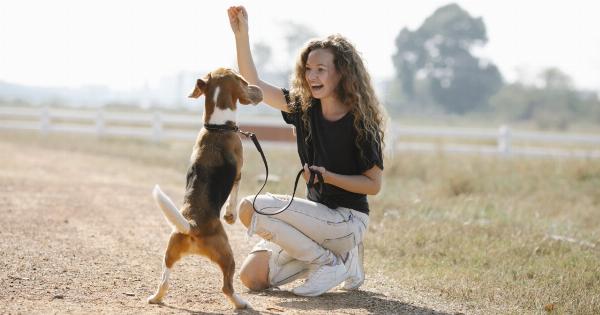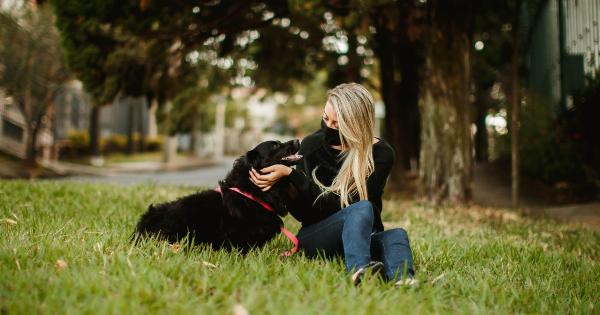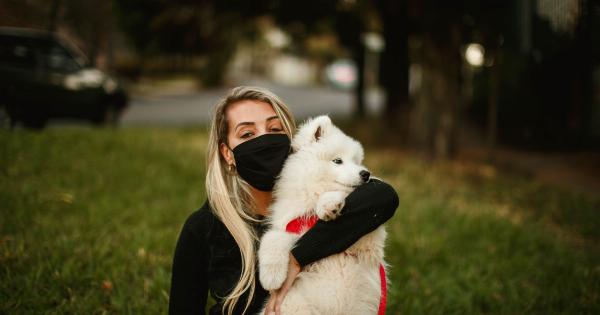Bathing your dog can be quite challenging, especially when your furry pal keeps running away. Dogs, by nature, dislike the idea of being washed and groomed. They tend to get anxious and agitated, leading to escape attempts.
However, regular baths are crucial to keep your pet clean and healthy. So, what can you do to prevent your dog from escaping during bath time?.
1. Get Your Dog Used to Water
If your dog is not accustomed to water, it’s important to introduce him to it gradually. Start by giving him a shallow bath using lukewarm water. Use a cup or a small bucket to pour water over his body.
Keep talking to your dog in a calm and reassuring tone while doing so. Treats are also a great way to motivate your dog and make him feel more comfortable around water.
2. Choose the Right Bathing Area
Your dog’s bath area should be comfortable and safe. If you’re washing your dog indoors, use a bathtub or a large sink. Outdoors, you can use a kiddie pool or an inflatable pool.
Make sure the surface is non-slippery, and there are no sharp edges or objects that could hurt your pet. Additionally, keep the bathing area free of distractions that could scare your dog, such as loud noises or other animals.
3. Groom Your Dog before Bathing
Before washing your dog, brush his coat thoroughly to remove any tangles or knots. This will make the bathing process much more comfortable for your dog, and prevent the formation of matted hair.
Moreover, it will make it easier for you to rinse the shampoo out of your dog’s coat.
4. Use the Right Shampoo
It’s important to use a shampoo specifically designed for dogs. Human shampoos contain harsh chemicals that can cause skin irritation and dryness in dogs. Choose a mild, hypoallergenic shampoo that is gentle on your dog’s skin and coat.
Avoid getting shampoo in your dog’s eyes, ears, or nose, as it can cause discomfort.
5. Secure Your Dog
The most important step in preventing your dog from escaping is to keep him secured during bathing. Use a leash or a grooming restraint to keep your dog in place.
If you’re using a bathtub, make sure to place a non-slip mat at the bottom to prevent your dog from slipping. Keep a firm grip on your dog’s collar to prevent him from jumping out of the tub or pool.
6. Reward Your Dog
Positive reinforcement is a key element in training your dog to enjoy bath time. Reward your dog with a treat or a few kind words after each successful bath.
This will help your dog associate bath time with positive experiences, making it easier for you to bathe him next time.
7. Seek Professional Help
If your dog is still refusing to take a bath or is excessively anxious, seek professional help from a dog trainer or a veterinarian. They can provide you with specialized training and medication to help your dog overcome his fear of bathing.
8. Dry Your Dog Thoroughly
After the bath, it’s important to dry your dog thoroughly. Use a clean, dry towel or a hairdryer set to a low temperature. Make sure to dry all parts of your dog’s body, including his paws and ears.
Wet fur can cause skin infections and matted hair, which can lead to discomfort and pain.
9. Clean Up the Bathing Area
Once the bath is complete, clean up the bathing area to prevent the spread of germs and bacteria. Use a pet-safe cleaning solution to disinfect the area thoroughly. Dispose of any leftover shampoo or hair in a safe manner.
10. Practice Consistency
Bathing your dog should be done regularly, preferably once a month. This will prevent the buildup of dirt and bacteria on your dog’s skin and coat, and keep him looking and feeling his best.
Practice consistency in your bathing routine, so your dog gets used to the process over time.
